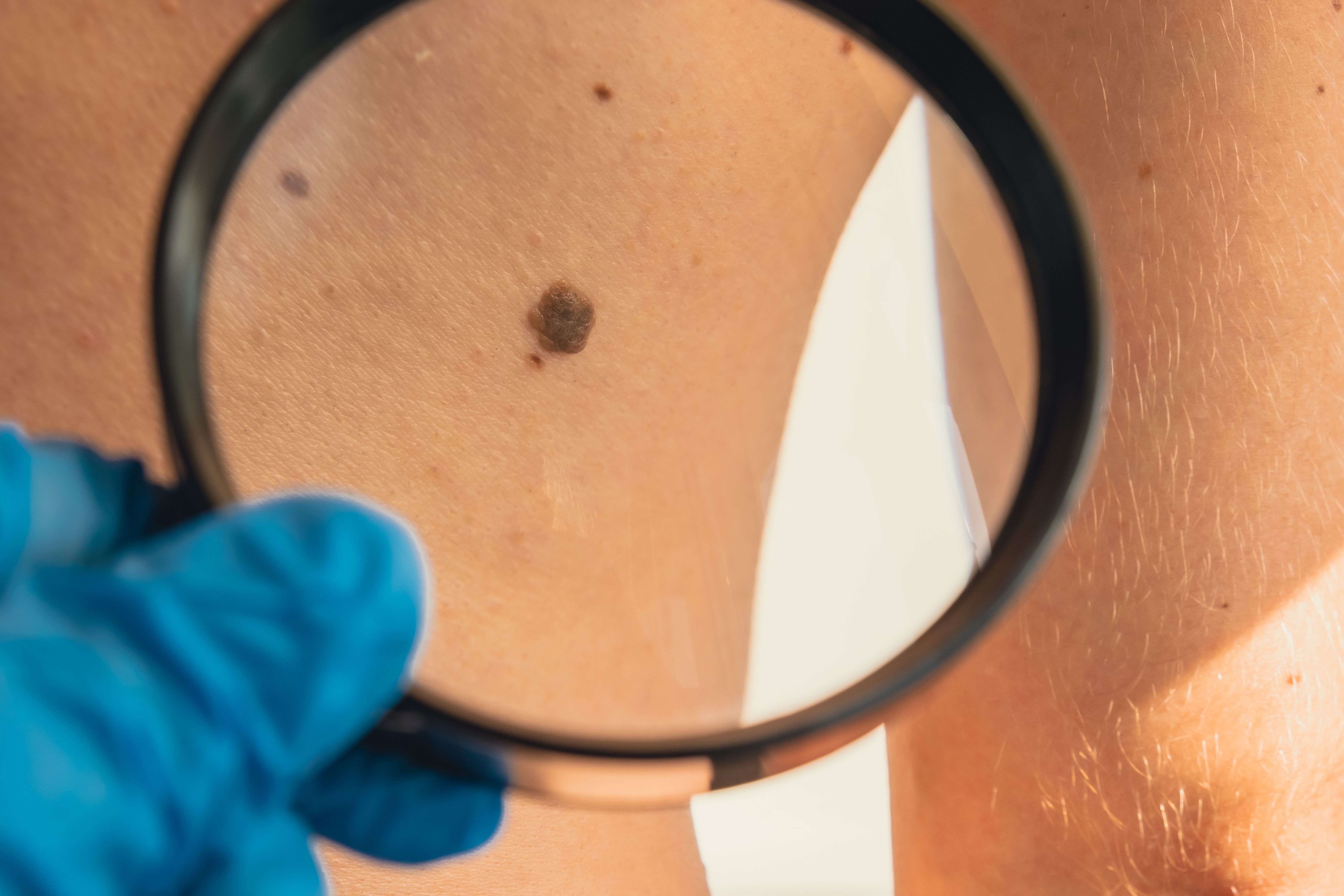News
Article
Prevalence, Severity of Astigmatism Increased in Children After Pandemic
Author(s):
Key Takeaways
- Astigmatism prevalence in children increased post-pandemic, with refractive astigmatism rising from 23.4% pre-pandemic to 34.7% in 2022-2023.
- Corneal astigmatism prevalence rose from 59.7% pre-pandemic to 66.9% in 2021, slightly decreasing to 64.7% in 2022-2023.
Both refractive and corneal astigmatism saw an increase in prevalence in children after the COVID-19 pandemic, with corneal changes potentially playing a part.
Corneal changes could explain the increase in prevalence and severity of astigmatism in children aged 6 to 8 years, according to a new study published in JAMA Ophthalmology.1 These results could offer a glimpse of the reasons for astigmatism in the future, given the lifestyle changes that occurred during the pandemic.
Astigmatism is the most common refractive error, defined as a difference in the regular curvature of the eye, which causes blurred image through the eye. Refractive astigmatism (RA) is the total astigmatism in the eye, measured with corneal astigmatism (CA) and internal astigmatism (IA). Astigmatism of more than 0.5 diopter (D) has been found in approximately 15% of children living around the globe,2 which made them particularly vulnerable during the COVID-19 pandemic when most families shifted to staying inside and using more virtual methods of interacting with the world. This analysis used the Hong Kong Children Eye Study to evaluate 9 years of data on astigmatism and evaluate the prevalence of RA and CA after the pandemic.
All participants were school children aged 6 to 8 years. Ocular examinations were performed on all children and parents completed questionnaires on lifestyle and environmental factors. Participants were recruited between 2015 and 2023, and none were evaluated more than once. Participants were excluded if they had congenital ocular diseases, ocular trauma, or a prior ocular surgery. The right eye was used to perform the evaluation of the participants. Pre–COVID-19 was defined as the period from 2015 to 2019, 2020 was considered the COVID-19 period, and the post–COVID-19 period was defined as the period between 2021 and 2023.
Astigmatism became more prevalent and severe in children after the pandemic | Image credit: Zarina Lukash - stock.adobe.com

There were 21,655 participants in the study, of which 52.9% were boys and the overall mean (SD) age was 7.31 (0.90) years. Prevalence of RA was 23.4% before the pandemic, which increased to 24.6% in 2020 (difference, 1.1%; 95% CI, –1.4% to 3.7%). Prevalence increased to 30.0% (difference, 6.5%; 95% CI, 4.7%-8.3%) in 2021 and further to 34.7% (difference, 11.2%; 95% CI, 8.2%-14.3%) in 2022-2023.
CA was found in 59.7% of the participants between 2015 and 2019, which increased to 66.9% (difference, 7.2%; 95% CI, 5.3%-9.1%) in 2021 and slightly decreased to 64.7% (difference, 5.0%; 95% CI, 1.8%-8.1%) in 2022 to 2023. The magnitude of mean cylindrical power of RA increased from 0.70 D in 2015 to 2019 to 0.87 D by 2022-2023. The mean cylindrical power of CA also increased from 1.24 before the pandemic to 1.35 D in 2022-2023.
A higher prevalence of RA was associated with the COVID-19 pandemic (OR, 1.20; 95% CI, 1.09-1.33); a higher prevalence of CA was also associated with the pandemic (OR, 1.26; 95% CI, 1.15-1.38). The researchers found that there was a decrease in the amount of outdoor time (1.43 hours vs 1.16 hours per day) and an increase in the amount of near work (3.33 hours vs 4.91 hours per day) between the period of 2015 to 2019 and the period of 2020 to 2023.
There were some limitations to this study. The results may not be generalizable due to most of the participants being Han Chinese. The results may not be reproducible due to differences in local practices and alternative quarantine measurements. The period between 2022 and 2023 had a smaller sample size. The parents of the participants also self-reported their astigmatism, which could have been affected by recall bias.
The researchers concluded that there was an increase in prevalence and severity of both RA and CA in children living in Hong Kong. Future studies should focus on the root cause of astigmatism, as well as the role that environmental and lifestyle factors play in the condition.
References
- Kam KW, Shing E, Zhang Y, et al. Prevalence and severity of astigmatism in children after COVID-19. JAMA Ophthalmol. Published online March 20, 2025. doi:10.1001/jamaophthalmol.2025.0205
- Hashemi H, Foutouhi A, Yekta A, Pakzad R, Ostadimoghaddam H, Khabazkhoob. Global and regional estimates of prevalence of refractive errors: systematic review and meta analysis. J Curr Ophthalmol. 2018;30(1):3-22. doi:10.1016/j.joco.2017.08.009




